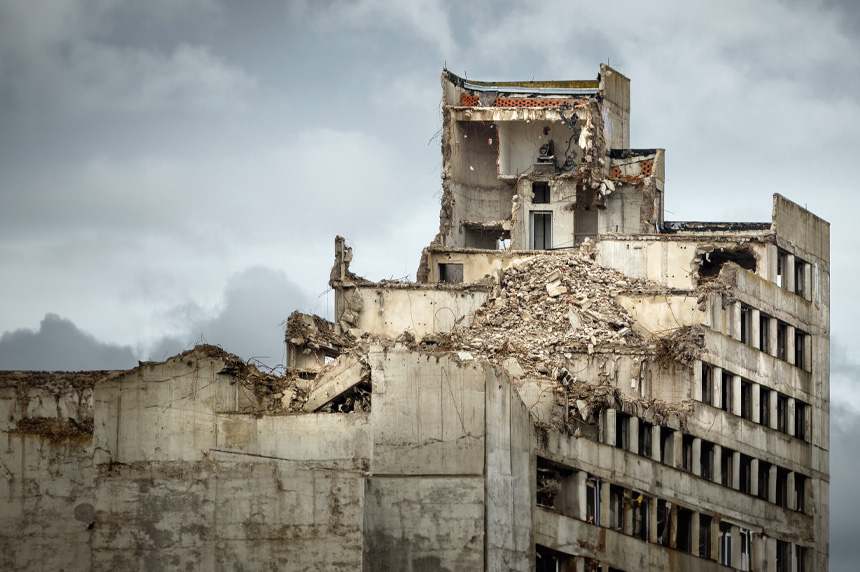This is a hard blog for me to write but for many others they are dealing with so much worse.
With the continuing conflict in the Middle East between Israel and the terrorist organization Hamas, we continue to see why OSINT is critically important in modern day conflicts and how technology shapes the battlefield.
We have seen with the war in Ukraine that OSINT can be critical in being able to execute military operations, locate encampments and stop attacks from happening. With this new conflict, these are all true and still very important aspects of OSINT. What is different in the Israel-Hamas crisis is how OSINT can be used to protect innocent civilians in areas of conflict. There is a problem though, more so than we have seen in other recent, large-scale conflicts, and that is the information, the images, the stories of what has been happening, of the brutality of the actions that we see taken makes it hard to look at, to read and in many cases hard to find.
As OSINT practitioners we always have a dilemma in many of these types of conflicts — what do you do when the information you see is inhumane? How do you not get desensitized to the terrible things — not just dead bodies, but I am talking about murdered children, beheadings, torture. What is the mental and emotional cost? How do you stay sane?
We all know about misinformation, and that still holds true here — not everything you read online will be true, not every image you see is real. As we have seen in the past, as well as in this current conflict, many times the images and videos you see are reused from previous conflict in the area, or in some cases in locations thousands miles away. Recently, due to the depravity of the actions taken by the terrorists involved in the conflict, there are many calls to “stop sharing” information, images and more from what is seen in Israeli settlements and in Gaza — and there have been calls to work with platforms to block the information from being posted there. As a human, I have to agree. There is no place for these types of things, and having to look at them, truly breaks my heart and sickens me. But on the other hand as an OSINT practitioner, this information can actually help save civilian lives on both sides, return prisoners and hostages that have been abducted, protect soldiers and help bystanders understand the depravity of the situation.
Tools exist to help protect analysts from a bombardment of graphic imagery. The ability to blur images can help analysts as they shift through the data initially, but many times those images are the critical information that is needed. Shadows, buildings, lighting, street signs and many more items can be instrumental in geolocating where a photo is taken, when and how.
We can focus on the areas of OSINT that aren't impacted by this, troop movements in the northern border of Israel and Lebanon have been critical to stopping attacks from Hezbollah from hitting Israel and hurting innocent people. But do we as OSINT practitioners just ignore all the other areas of OSINT? Do we forgo the potential to save lives because it is hard to look at?
No matter how disturbing the imagery, it could contain the critical information needed to save lives. How can we collect what we need while protecting ourselves? This is one of the hardest questions that we in the OSINT field have to continuously deal with, every single day. It impacts more than just those doing OSINT, it impacts those who are most directly affected as well as those who are on the peripherals.
I sit here at my keyboard, struggling, thinking, hoping that in a perfect world, only those who need to see the images would see them and no one else. In a perfect world, none of this would be happening.
We can only pray for, support and remember those who are being killed without mercy, without reason and those who lost their lives trying to protect and save innocent lives. We can only hope for a quick end to this conflict, and with OSINT we can help achieve that goal.


